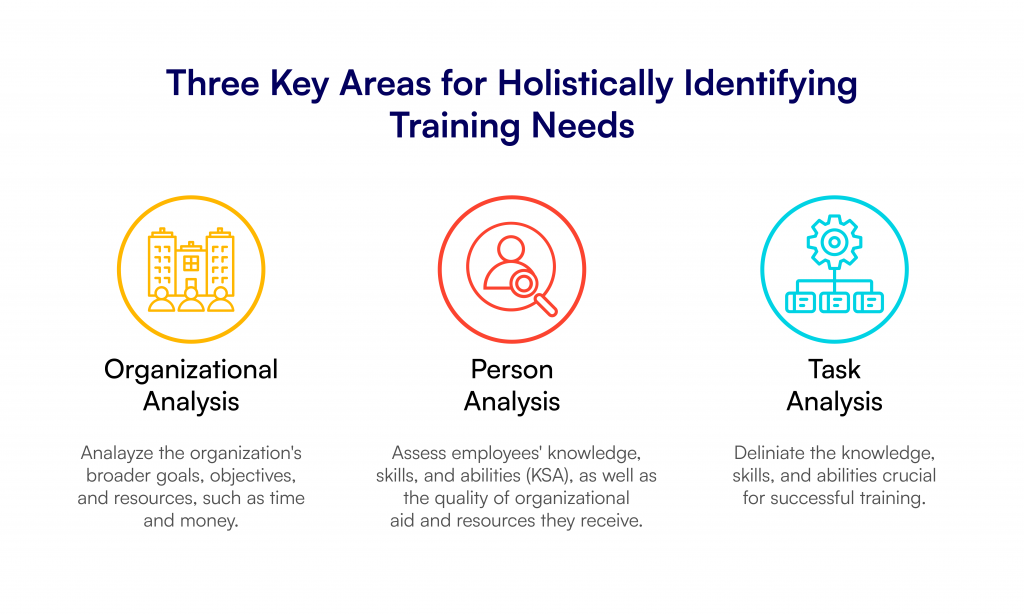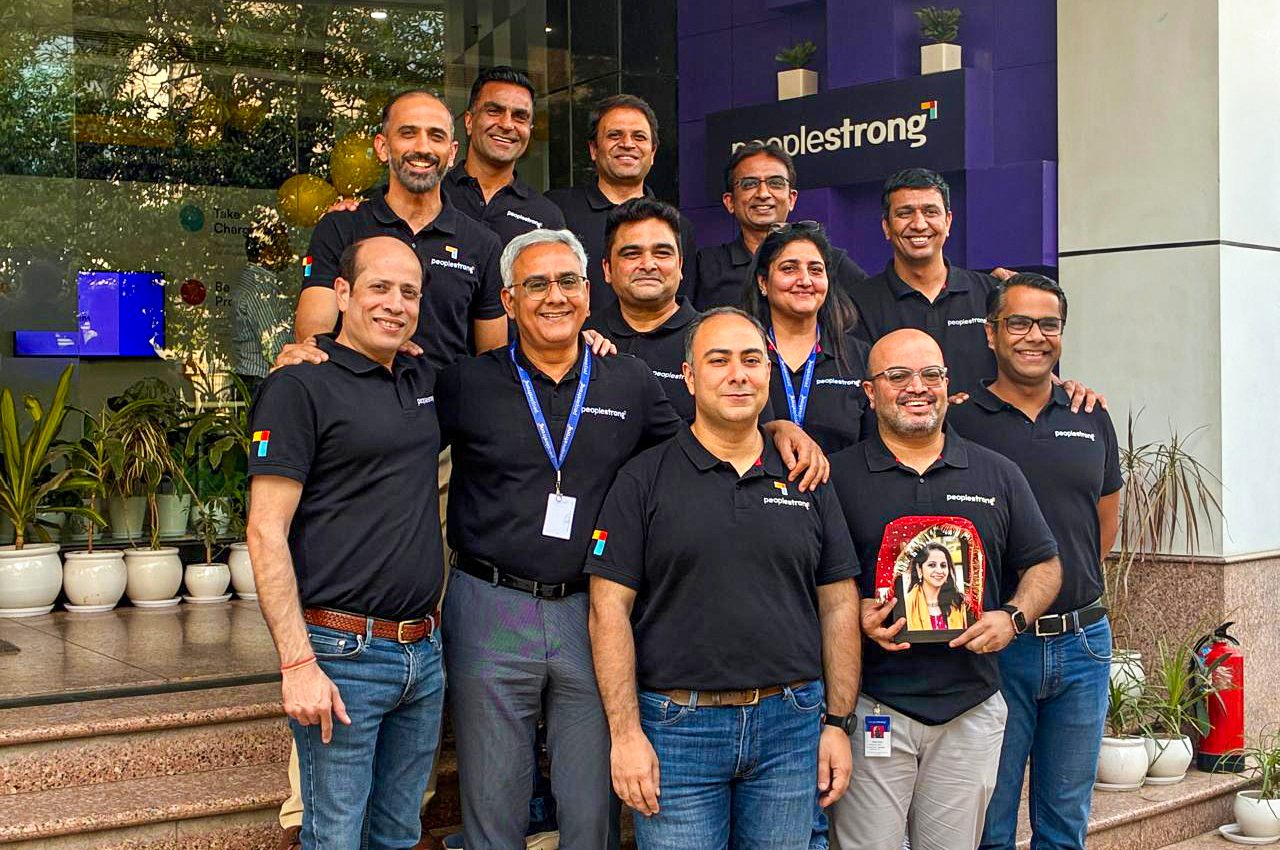Performance management is an integral part of any organization that wants to develop and retain talent.
In fact, 95% of companies invest in performance management, and though only 5% don’t, over half plan to adopt it next year.
Clearly, companies see the value in creating an effective performance management process. If you’re unsure about the importance of performance management, then this article is for you.
In this article, you’ll learn its key benefits and reasons to invest in it. Let’s get started.
What is Performance Management?
Performance management is the process by which companies assess and improve employees’ work performance. It involves setting performance goals, tracking progress on those goals, assessing performance, and rewarding top-performing employees.
It starts with team leaders or managers setting periodic targets for each team member. They then leverage the continuous performance management principle and conduct regular check-ins to provide frequent feedback to employees.
At the end of the year, they assign performance ratings and reward employees.
5 Benefits of Performance Management
Effective employee performance management is crucial for any organization as it helps upskill, engage, and retain talent. Let’s discuss some of the key benefits of performance management in detail.
1. Helps Identify Training Needs
The first step in the performance management process is setting performance goals for employees. To do that, team leaders need to consider their company’s strategic goals and identify areas where people should be trained.
You should also assess each employee’s current skill level and the requirements of their role to identify training needs.
Here are three types of analyses you should perform to understand each employee’s training requirements and then incorporate them into their performance goals.

As such, your performance goals should include upskilling people for the required skills. A skilled workforce helps drive business growth and is any organization’s greatest asset. That’s why you should design a performance management process that enables that.
2. Boosts Employee Morale
The performance management process involves rewarding employees for good performance. These rewards could be monetary, such as a bonus or a promotion with a salary hike, or non-monetary, such as recognition and awards. Rewards and recognition act as incentives for them to do their best and get the top ratings.
This creates healthy competition among team members and boosts morale, as there is a direct benefit of performing well—a promotion, a bonus, or recognition.
However, for this to be effective, you must ensure 100% transparency and fairness in the process and the employee ratings. Using a performance management system like PeopleStrong can help with that.
It can help you calculate accurate ratings based on the various criteria and the weightage for each. Based on that, you can reward employees with a promotion and assign them their next role.
You can also visualize their current fit for the next role they’re selected for and the skills they must acquire before they get the promotion. This keeps employees motivated to upskill themselves to be ready for their next role.

They can see the complete breakdown to understand where they lack, which boosts trust and transparency.
Need more proof?
Check out this case study detailing how PeopleStrong helped Cholamandalam, an Indian finance company, improve its performance management process. In fact, 87% of the company’s staff agreed with the system-calculated ratings, showing how accurate and fair it is.
That’s why you should use modern performance management platforms to make the process more effective.
3. Provides Career Path Clarity
One of the best practices in performance management is involving employees in the goal-setting process. According to a recent study, people are 4x more likely to learn and perform better if they get to choose their learning goals.
That’s why you should ask individuals about their career goals and aspirations, consider overall business goals, and then set performance goals for them.
Create an individual development plan (IDP) for each employee, with clear short-term and long-term career goals. Use this to map out a career path for each employee based on their preferences and the organization’s needs.
Use performance management solutions like PeopleStrong to create detailed IDPs and track performance. It provides various visual tools for tracking employee performance and assigning scores.

Doing so helps employees be clear on what their future career path will be if they continue performing well. This gives them a target that they’re interested in achieving and helps them focus their efforts.
4. Aids in Succession Planning
One of the key benefits of performance management is that it helps companies fill the skills gap and promote employees to take on bigger roles within the organization.
According to a recent report, 51% of HR managers fill skills gaps within their organizations by training current employees instead of hiring new ones.
It’s better to train and promote current employees who understand your company’s culture and client needs than hire someone externally. This is especially useful in filling senior management roles, where prior client knowledge is crucial.
By effectively training high-performing employees, companies can improve succession planning and have people ready for senior roles.
Using a specialized software solution can help you create detailed succession plans. You can consider multiple candidates for a role and track their performance for a period to determine the best fit. Here’s an example of how you can create a succession plan on PeopleStrong.

5. Increases Retention and Enables Autonomy
Employees like working for organizations that are invested in their professional growth and development. According to a survey, 70% of employees say that they feel a connection to a company if it has a culture of learning and development.
When employees are engaged and motivated to perform better, they’re likely to remain with the company longer. That’s why one of the benefits of performance management is that it boosts employee retention.
Moreover, continuous performance management also helps employees upskill themselves and hold more responsibilities, boosting autonomy. This further motivates them to stay on within an organization, as they feel respected and valued.
Suggested Read:
Complete Guide to Employee Retention in a Volatile Labor Market
Conclusion
There you have it—some of the main benefits of performance management and reasons why you should create a well-defined process to manage employee performance.
Having a structured performance management process will help you motivate employees to perform better as it provides transparency and sets clear expectations. It lets employees know what’s expected of them and how they will be rewarded if they meet the expectations.
Use a good performance management software like PeopleStrong to optimize the process and make it simpler to track performance and calculate ratings. Try PeopleStrong Today!
Unlock the full potential of your performance management process with PeopleStrong's revolutionary solutions. Our team of experts is dedicated to helping you create a culture of continuous feedback and development, ensuring your organization stays ahead of the competition. Contact us today and discover how PeopleStrong can transform your performance management process into a more efficient, effective, and rewarding experience.
Contact Us Now












